CONTEMPORARY MODERNIST PAINTERS - AN INTRODUCTION
Broadly speaking, in the UK, semi-abstract and abstract painting and sculpture had become established as an habitual practice amongst a number of independent progressive artists as well as modernist groups by the 1950’s. Its roots, however, went back to trends developing amongst a smaller number of artists shortly after the first World War. One such group, the Seven and Five Society, was established in 1919, at first to preserve traditional standards of quality and composition against more challenging experimental styles, but after Ben Nicholson, Barbara Hepworth and Henry Moore joined in the mid 1920’s any non-modernist painters were excluded, the society then being re-named the Seven and Five Abstract Society. The first show of exclusively abstract or semi-abstract paintings in Britain was held at the Zwemmer Gallery around 1929 and the modernist movement gained pace strongly through the 1930’s.
Ben Nicholson and the artist Christopher Wood visited St Ives in Cornwall as early as 1928, discovering the naïve painter Alfred Wallis, and Nicholson returned there to settle live after WWII and was very nearly joined there by Piet Mondrian. Peter Lanyon was already there as a native Cornishman and Terry Frost was also a an early settler there, also Roger Hilton and Karl Weschke. Through the 1950’s and 60’s St Ives was one of the ‘happening’ places for progressive painting in the country, with other artists such as Adrian Heath exhibiting his own work and that of friends from his own studio in London, with many other modernists showing at the Redfern Gallery amongst other progressive galleries in the West End, artists such as John Piper, William Gear, Alan Davie and William Scott to name a few.
As for the art market itself, certainly provincially, abstract art remained purchasing and collecting territory for the intelligentsia only from the 1950’s through to the end of the 1980’s, when a swing in taste starting in the 1990’s (coinciding with the demise in popularity of antique ‘brown furniture’) has matured into a much broader market for progressive painting styles. Demand for fresh, original representational art continues to thrive.
This exhibition contains both semi-abstract and abstract paintings by nine mature artists, some with extensive exhibiting history and others less well known but with interesting backgrounds.
Taking each artist in order of appearance in this catalogue, Marc Yeats (b.1962), a prodigious talent, extraordinarily, has not exhibited in a gallery of any establishment before. He is now showing with us after another of ‘our’ artists, Fred Schley, suggested I should look at his work. The two of them had met some years back in the company of the late British composer Sir Peter Maxwell Davies. Dr Marc Yeats is also a musician and composer, due to have two of his pieces performed in March this year, a big orchestral piece entitled ‘A Point in the Landscape’ to be performed as part of Tectonics Glasgow 2024, premiered over the weekend of May 4th – 5th by the BBC Scottish Symphony Orchestra.
To a great extent his paintings are representational but with strong abstract overtones and mark-making, possess an inspired level of energy, a wonderful palette and outstanding observation of sunlight and shadow.
All his compositions are specific tracts of landscape painted from drawings made on the spot; he works in various parts of south and eastern England, and each finished work is titled with its location. As you can see from the illustrations, Marc’s works on paper display a more abstract approach than his oil paintings, probably due to the freedom of the combination of watercolour over-drawn with charcoal or pastel. Marc’s studio lies just outside Bridport, Dorset. (See Pages 5 - 11)
David Tress (b.1955). It is unusual that an artist of David Tress’s standing and level of achievement takes the decision to cease painting, at least while in good health, which he elected to do in 2023. Tress was born in London and studied at Harrow College of Art and latterly at Trent polytechnic. He moved to Wales in 1976 and taught History of Art at the University College of Wales, Aberystwyth. His first participation in a Group Exhibition came with a Welsh Arts Council show in Cardiff in 1980, and his first solo exhibition was at the Torch Theatre in 1982. He has
2
been the subject of three Welsh Arts Council Travelling Exhibitions, firstly in 1997 within Wales, then 2003 –2005 ‘David Tress Drawings’ throughout Wales but also including the Midland Arts Centre, Birmingham, and 2008 – 2011 ‘Chasing Sublime Light’ commencing at MOMA Wales and in England visiting Petworth House, Sussex, Oldham, Greater Manchester, Keswick, Worcester, The Maclaurin Gallery, Ayr, Stowe School, Buckinghamshire before finalizing at the Royal Cambrian Academy, Conwy.
For over forty years David Tress has been a prolific landscape painter, often featuring his home territory of South Wales, but also travelling to many parts of Great Britain including Scotland, the North of England, the Lakes, Cornwall and the West Country as well as London. He has also often displayed his passion for painting churches throughout the UK, their interiors as well as their exteriors, and has also been a painter of nude subjects.
Enormously well informed on the British Isles, it’s history, geology and meteorology, David Tress developed a progressive approach to landscape painting that, while always based on skilled draftmanship, has featured a very physical approach akin to action painting characterised by the layering of paper and broad mark-making. (See Pages 12 to 15 & 38 to 42)
Neil Canning (b. 1960) was born in Oxfordshire and has been painting abstract compositions for the last forty years as well as being a printmaker for the last twenty. A prolific exhibitor, in 2011 he was awarded an Honorary Doctorate by the University of Exeter for ‘an Outstanding Contribution to Contemporary British Art’. He moved to Wales in 1990 but has lived in Cornwall since 1997, a county he now calls home. He has been closely associated with the ‘new’ generation of St Ives artists and was included in the exhibition Art Now Cornwall at Tate, St Ives the year he moved there. As well as the Honorary Doctorate award in 2011, he won the main Prize in the prestigious Discerning Eye Exhibition sponsored by ING, leading to a Solo Exhibition at their London headquarters.
His paintings and original prints are mostly inspired by the landscape of Cornwall and display wonderful gestures, fluent mark making, vivid but sensitive colour and great atmosphere. Examples of his work are held in Public Collections including the Ashmolean Museum, Oxford, Bank of England, and the Bollinger Collection amongst others. (See Pages 16 – 19)
Jerry Browning (b. 1954) was born in Dorset, studied at Portsmouth College of Art and later at Exeter and Reading Colleges of Art where he painted under Terry Frost and Patrick Heron, both of whom awarded him First Class Degrees in Fine Art on his Graduation. He went on to work alongside many of the renowned English contemporary abstract painters of the day including Patrick Proctor, Bert Irvin, Adrian Heath and Gillian Ayres
Jerry has lived in various remote and wild locations including on the West Coast of Ireland, in America and in Cornwall. On extended visits to the States in the 1970’s and ‘80’s he enthusiastically digested the explosive power of the liberated mark making of the New York School artists and other American Abstract Expressionist painters such as Franz Kline and Willem De Kooning. He returned to England to work in St Ives from 1983 to 1996.
It is exciting to include the work of an artist whose immensely direct, colourful, expressive canvases, drawn from direct experience of the locations in which he has lived, also reflect a strong and authentic connection to some of the best work to come out of St Ives in the classic years of the late 1950’s and the 1960’s, paintings by figures such as Peter Lanyon, Roger Hilton and William Scott in addition to the afore mentioned Terry Frost and Patrick Heron (See Pages 20 - 23 and Back cover)
Andrew Watt (b.1960) first studied art at Gloucester College of Art, but graduated from Winchester School of Art in 1983 and there had the good fortune to work under the abstract expressionist painter Gillian Ayres There he also benefitted from tutorials given by visiting lecturers such as John Hoyland, Basil Beattie, Anthony Caro and Bert Irvin
continued on page 4
3
For most of his working life Andy Watt has been Teacher of Art at Cheltenham Ladies College (1995 –2017) and since then has painted full time and exhibited regularly at the Fresh Art Fair, Cheltenham as well as being represented by Paragon Gallery, Cheltenham and the Bradford Gallery, Bradford-on-Avon.
Watt has developed an individual semi-abstract style based on both landscape and figure subjects that display a sensitive use of colour and an innate sense of balance. “The paintings are responses to places that I have visited and recall fondly, and I begin by selecting elements from the landscapes that inspire me. This can be shapes of physical objects, the colours and the surfaces of the place. These are combined with contours and pathways…that the eye can follow in and around the scene…I seek to explore these components and develop abstraction through the inclusion and exclusion of the objects within view, creating an organic fluidity… by experimenting, pushing boundaries and taking risks.”
(See pages 24, 25 & 44)
Ruth Philo (b. 1957), Ruth’s paintings are gentle, ambient compositions almost divined from the subjects that engage her as she explores abstraction through colour, light and surface.
Over the last ten years she has been intensely active - painting, exhibiting, and curating. She has an MA in Fine Art from Norwich University, a Diploma in Art Textiles (Distinction) from Anglia Ruskin University, an Art PGCE (Distinction) from University of London and a BA in the History of Art from Warwick University.
At home her work has been selected for the Jerwood Drawing Prize 2015, and the Royal Academy Summer Exhibition, in 2015 and 2023 and abroad her work has been included in British Arts Council Exhibitions in Poland and Romania, as well the artist led Contemporary British Painting shows in the United Sates and China. In 2017-18 her work was included in the touring exhibition Contemporary Masters from Britain in China. In 2019 her work was included in exhibition Alive in the Universe staged at Palazzo Pesaro Papa Fava in the Venice Biennale and last year Ruth was selected for inclusion in the Mark Rothko Symposium 2023 and Residency, Rothko Museum, Daugavpils, Latvia who retain examples of her work.
Ruth Philo works up her paintings in series and are deeply researched, extended site specific projects, the final paintings being completed in her studio in Sudbury, Suffolk. This exhibition includes paintings from the Territorio Series derived from disused and derelict buildings in Portugal and which include paint made from sample pigments collected on location. Examples from the Dancer Series are also included, paintings which also derive from Portugal, in this case exploring the connection between found tile patterns and dance. (See Pages 26 & 27)
Julia Chance (b.1964). Julia was educated at Bedales School, Hampshire and after completing a Foundation Course in Art and Design at Liverpool Polytechic went on to achieve a First-Class Honours BA Degree in Architecture awarded by the Polytechnic of Central London, leaving with “Best Portfolio of the Year” in 1987. From 1989-1990 Julia studied at the Mackintosh School of Architecture, Glasgow and in 1991 was awarded “Best Portfolio of 1991” by the City of London and Westminster Society of Architects. This was followed by the Award of Diploma in Architecture from the Polytechnic of Central London in 1991.
From 1991 Julia has spent most of her working life in the field of architecture, as an architectural assistant with practices in London, Australia, and Germany, and later tutoring as well as being a Freelance Writer and Designer from 1999 to 2011.
It has been since 2016 that Julia has concentrated on her painting, developing a style of abstract work inspired by both the rural landscape, particularly hills and stretches of water, as well as cityscapes. Her paintings are beautifully crafted, her techniques “involve building up layers, scraping back, rubbing, blending, scratching and splattering paint on to the surface…After some time, as the layers build up, the beginnings of a composition or a particular quality colour combination and mark making emerges… Sometimes it’s a process that flows, but more often it’s an all engaging wrestle; gaining, losing and then regaining control of the painting over a period of time.”
(See Pages 30, 31 & 44)
continued on page 43
4
MARC YEATS (b. 1962)
For background information on this artist please refer to Page 2, Column 2





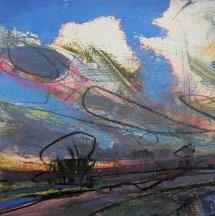
5
Longwood Warren, nr Winchester Mixed media 21 x 21 cm (8.25 x 8.25 in)
Near Branchester Straithe, Norfolk Mixed media 21 x 21 cm (8.25 x 8.25 in)
Hare Warren, nr Win Green, Shaftesbury, Dorset Mixed media 21 x 21 cm (8.25 x 8.25 in)
Near Urchfont, Salisbury Plain, Wiltshire
Mixed media 21 x 21 cm (8.25 x 8.25 in)
Berwick Down, nr Tollard Royal, Cranbourne Mixed media, 21 x 29.7 cm (8.25 x 11.5 in)
Evening, Angel Marshes, Blythburgh, Suffolk Mixed media, 21 x 29.7 cm (8.25 x 11.5 in)



6
Ovington Downs, nr Winchester, Hampshire
Mixed media, 29.7 x 42 cm (11.75 x 16.5 in)
North from nr West Stowell, Wiltshire
Mixed media, 42 x 59.4 cm (16.5 x 23.5 in)
Near Charlton St.Peter, Wiltshire
Mixed media, 29.7 x 42 cm (11.75 x 16.5 in)
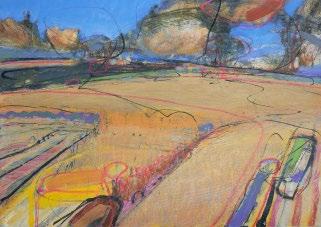
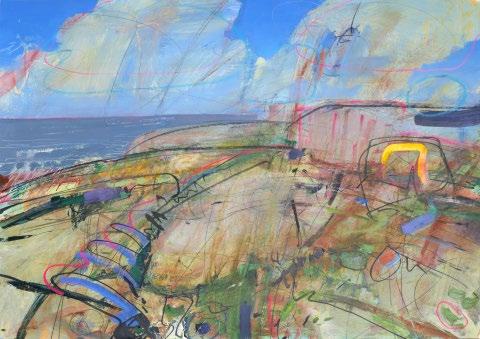
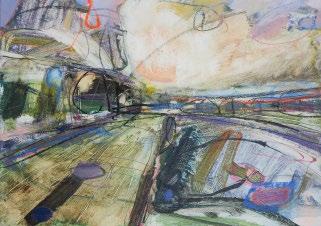
7
Fawley Down, nr Winchester, Hampshire
Mixed media, 29.7 x 42 cm (11.75 x 16.5 in)
Cliffs nr Burton Bradstock, Dorset
Mixed media, 42 x 59.4 cm (16.5 x 23.5 in)
On the Way to Bramfield, Suffolk
Mixed media, 29.7 x 42 cm (11.75 x 16.5 in)

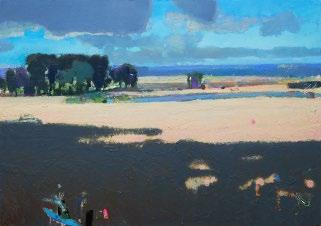
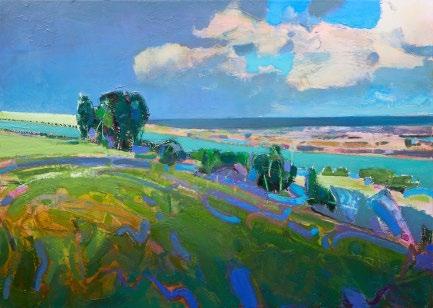
8
Knodishall, Suffolk
Oil on panel, 42 x 59.4 cm (16.5 x 21.25 in)
Berwick Basset Down, Wiltshire
Oil on panel, 42 x 59.4 cm (16.5 x 21.25 in)
Ashbury, Oxfordshire
Oil on panel, 29.7 x 42 cm (11.75 x 16.5 in)



9
Corporation Marshes, Walberswick, Suffolk (2)
Oil on panel, 21 x 29.7 cm (8.25 x 11.75 in)
Salisbury Plain, Wiltshire
Oil on panel, 14.8 x 21 cm (5.75 x 8.25 in)
Box Hill, Surrey
Oil on panel, 45.5 x 61 cm (18 x 24 in)
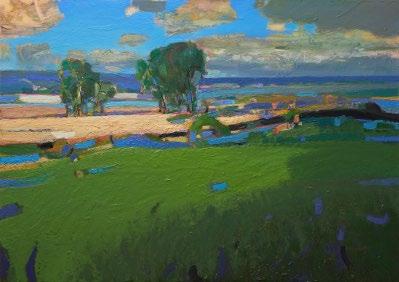


10
Blackmore Vale, Dorset
Oil on panel, 42 x 59.4 cm (16.5 x 21.25 in)
Berwick St.John, Wiltshire
Oil on panel, 42 x 59.4 cm (16.5 x 21.25 in)
From Uffington Hill, Oxfordshire
Oil on panel, 42 x 59.4 cm (16.5 x 21.25 in)
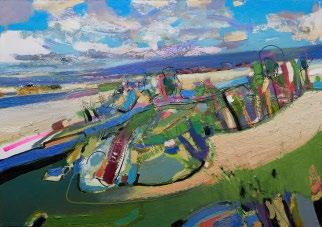

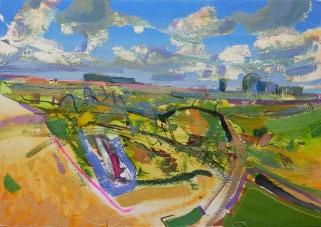
11
Under Uffington Hill, Oxfordshire
Oil on panel, 29.7 x 42 cm (11.75 x 16.5 in)
Overton Downs, Wiltshire
Oil on panel, 29.7 x 42 cm (11.75 x 16.5 in)
Ansty, Wiltshire
Oil on panel, 45.5 x 61 cm (18 x 24 in)
DAVID PRENTICE (1936-2014)
West Flank
West Flank and its partner The Sticks, are the last two examples of David’s more abstracted but still Malvern Hills based large canvases. In both paintings the profile of the Malvern Hills can be detected in the upper right hand area of West Flank. Many might not realize that David was a fully abstract painter in the 1960’s and 1970’s (although he would also paint representationally contemporaneously). We also have a beautiful, mostly white with black 1979 abstract painting, Boogy, on the website, which can be viewed by appointment if not hanging.
The painting illustrated opposite is an arresting and compelling work, one of David’s last available full-size, full-blooded semi-abstract canvases. It possesses a highly satisfying structure - broad areas of paint articulated with some beautifully ordered mark-making.
36
For background information on this artist please refer to Page 43, Column 1
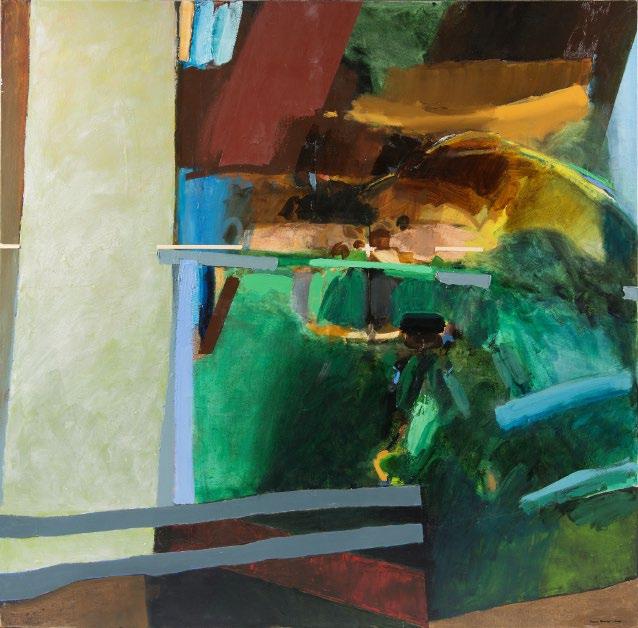
37
West Flank
Oil on canvas, 147.4 x 147.4 cm (58 x 58 in)
DAVID TRESS (b. 1955)
Day Ending (Last Sun) Beinn Bhàn
This outstanding, magisterial example of David’s work is distinctly Turneresque in its conception and execution. Tress has a deep regard for the great British artists of the past. In David’s Welsh Arts Council Touring Exhibition (one of three), Chasing Sublime Light 2008 – 2010, Turner was very much in David’s mind when seeking out locations to visit – “My itinerary was largely based on two of the six tours that J M W Turner made to Scotland. It covered the mid-west, including some of the Western Isles, and followed sections of Turner’s 1801 and 1831 trips.”
Beinn Bhàn is the Scottish Highland Mountain that lies on the Applecross peninsula on the north side of Loch Kishorn.
This top example of David Tress’s landscape art is one of the last remaining paintings that we hold of his: the overall measurements including frame are 33½in x 40¼ in.
38
For background information on this artist please refer to Page 2, Column 2

39
Day Ending (Last Sun, Beinn Bhàn)
Mixed media, 61 x 82 cm (24 x 32.25 in)
DAVID TRESS (b. 1955)
Churchtown (Zennor II)
David captures the atmosphere of this highly historic village extremely effectively in this large and imposing painting. His composition conveys the very distinct atmosphere of this ancient settlement, with its largely unchanged boundaries and a population of less than two hundred, dramatically set in the wild and brooding landscape of north Cornwall, keenly open to Atlantic winds.
The layering and sculpting of thick paper within this work are particularly successful in conveying the rawness of this scene. It is very much a painting that needs viewing first hand.
Another top-level David Tress in this finite collection. Including frame, the overall measurements are 32½in x 42¾in.
40
For background information on this artist please refer to Page 2, Column 2
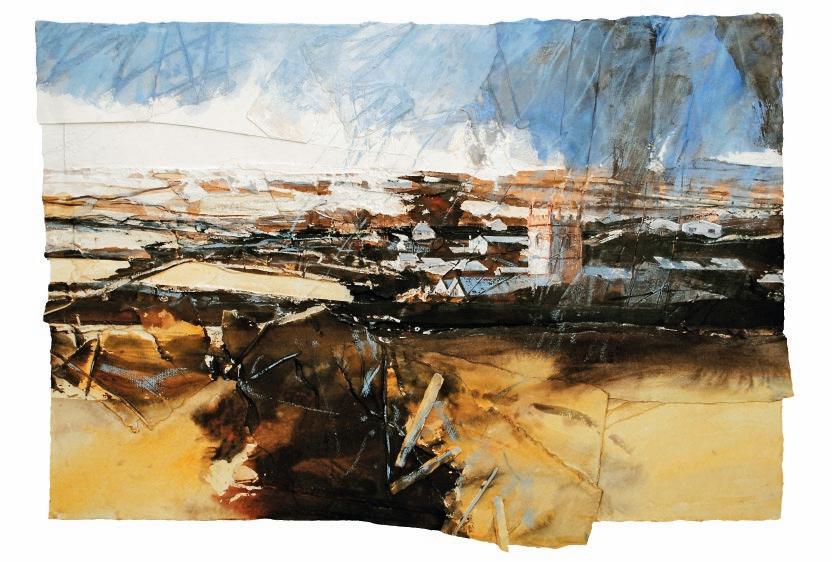
41
Churchtown (Zennor) II
Mixed media, 61 x 87 cm (24 x 34.25 in)
DAVID TRESS (b. 1955)
For background information on this artist please refer to Page 2, Column 2

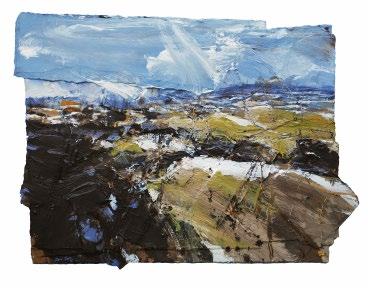

42
Penberi in Dark Gold Mixed media, 29 x 39 cm (11.5 x 15.25 in)
Last snow (Preseli) Mixed media, 37 x 49 cm (14.5 x 19.25 in)
Clegyr Boia in Dark Gold Mixed media, 30 x 39 cm (11.75 x 15.25 in)
David Prentice (1936 - 2014) Born in Birmingham, David Prentice studied at Moseley School of Arts and Crafts from 1949 – 1952 and Birmingham College of Arts and Crafts from 1952 – 1957; he taught part time at the latter from 1958. He was a Founder and Co-Director of the Ikon Gallery from 1964 – 1972 and was Course Director, BA Fine Art at Birmingham from 1982 – 1986. He lived with his wife, Dinah, and four daughters near Northampton from 1980 – 1990. It was in 1990 that the family moved to Ashdown Villa, Hanley Terrace, Malvern.
David was capable of painting in contrasting styles throughout his career often contemporaneously. In the late 1950’s he painted scenes in and around Birmingham in a post-impressionist representational style and in the 1960’s produced grid paintings and other abstract work through the 1970’s. From the 1980’s he painted large works (typically 23in x 33in) on paper in both pastel and watercolour depicting scenes in Wales, Spain and the Malverns. He retired from teaching and having visited the Malvern Hills often with his parents during his growing years and it came as natural choice for the family to move there in 1990.
Although he already knew the Malvern Hills well, he started walking and cycling all around the lanes carrying his sketchbook, stopping often to capture views which he would paint directly in watercolour. Eventually, with the family grown up and gone, Ashdown Villa afforded David two first floor studios, one for works on paper and a larger one for oils on canvas. From here he produced a substantial body of work from 1990 to 2014 including pen, ink and watercolour wash drawings, watercolours, pastels, and small and large canvases. Outstanding draftsmanship underpinned all his work including semi-abstract pastels and oils characterised by a highly colourist palette.
A winner of many awards and competitions, he exhibited at the RBSA from 1956 -1997, in New York at the Betty Parsons Gallery in 1964/65, Museum of Modern Art, New York in 1965 and the AlbrightKnox Gallery, New York in 1967. His work featured in the John Moores Liverpool Exhibitions in 1968, 1970
and 1972. He won the Singer & Friedlander/Sunday Times Watercolour Competition outright in 1990. His work is included in many Public Collections including Birmingham City Museum and Art Gallery, Victoria and Albert Museum, Ashmolean Museum, Arts Council (GB) and the Museum of Modern Art, New York. (See Pages 28/29, 32/33 & 36/37)
Nicholas Heap (b. 1959). Born in Malvern, Worcestershire, Nick studied at Birmingham School of Art and has lived in the Cotswolds, Hong Kong and has recently moved from Devon to settle with his wife in Cheltenham. Although today he is concentrating on landscape inspired work, he was a one-time finalist in the BP Portrait Awards at The National Portrait Gallery, London.
While some of Nick’s compositions, particularly in pastel, remain more representational than abstract, some move to being virtually fully abstract. In the main however, he works in oil and the main feature of his work, apart from a lively palette, is the fine balance between representational and abstract feature of known, titled geographical locations, now mostly in Gloucestershire. That said, he is also capable of producing very satisfying fully abstract paintings. His work is mostly characterised by vertical markmaking and a very engaging play of light in a colourist manner.
Influences include artists from the Renaissance, from the 20th Century German Expressionist Cinema, the artists Kandinsky, Klee, the highly gestural Franz Kline, as well as Japanese Ukiyo-e prints. Nick has appeared on a number of BBC programmes discussing art matters. (See Pages 34 & 35)
43

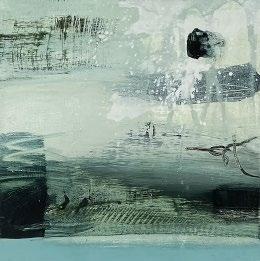




44
Julia Chance
Sky Lake – 1
Acrylic, collage & graphite on paper 20 x 20 cm (8 x 8 in)
Julia Chance
Sky Lake – 3
Acrylic, collage & graphite on paper 20 x 20 cm (8 x 8 in)
Andy Wyatt Nice
Oil on canvas, 30 x 30 cm (11.75 x 11.75 in)
Andy Wyatt
North Cornwall Coastline
Oil on canvas, 30 x 30 cm (11.75 x 11.75 in)
Julia Chance River 3/1
Acrylic, collage & graphite on paper 20 x 20 cm (8 x 8 in)
Julia Chance River 3/4
Acrylic, collage & graphite on paper 20 x 20 cm (8 x 8 in)
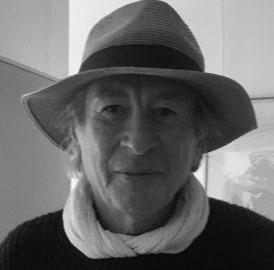


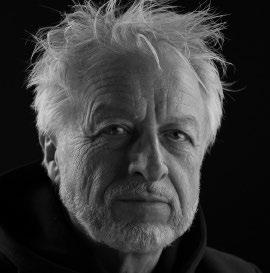

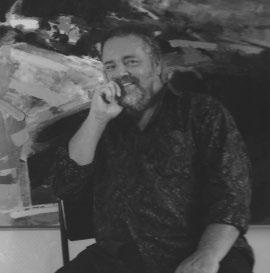


 JERRY BROWNING ( b. 1954)
NEIL CANNING ( b. 1960)
JULIA CHANCE ( b. 1964)
NICK HEAP ( b. 1959)
RUTH PHILO ( b. 1957)
DAVID PRENTICE ( 1936-2014 )
DAVID TRESS ( b. 1955)
ANDREW WATT ( b. 1960)
MARC YEATS ( b. 1962)
Back cover: Jerry Browning, Medley oil on canvas, 91 x 121 cm (35.75 x 47.5 in)
JERRY BROWNING ( b. 1954)
NEIL CANNING ( b. 1960)
JULIA CHANCE ( b. 1964)
NICK HEAP ( b. 1959)
RUTH PHILO ( b. 1957)
DAVID PRENTICE ( 1936-2014 )
DAVID TRESS ( b. 1955)
ANDREW WATT ( b. 1960)
MARC YEATS ( b. 1962)
Back cover: Jerry Browning, Medley oil on canvas, 91 x 121 cm (35.75 x 47.5 in)

The Old Dairy Plant · Fosseway Business Park · Moreton-in-Marsh · Gloucestershire GL56 9NQ Telephone: 01608 652255 · Email: gallery@johndaviesgallery.com · www.johndaviesgallery.com































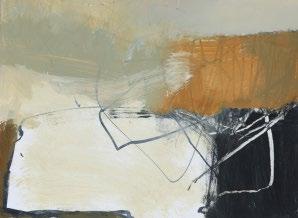

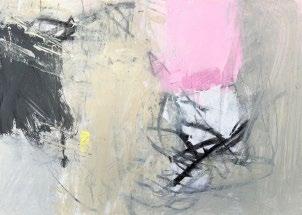




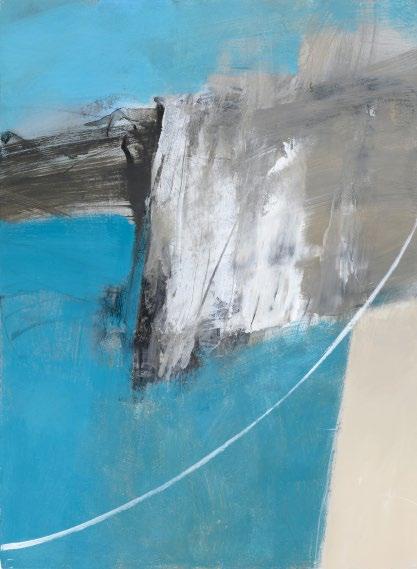

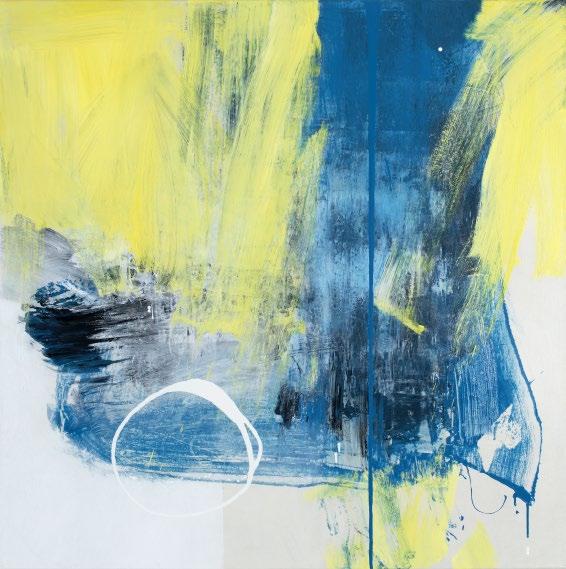
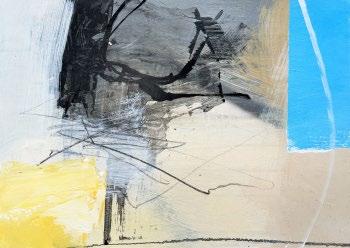



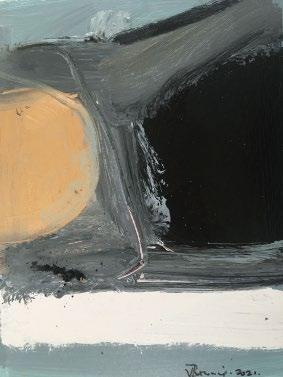






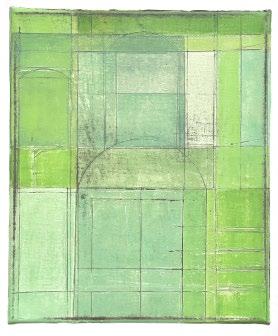

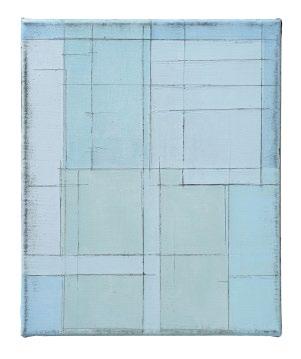


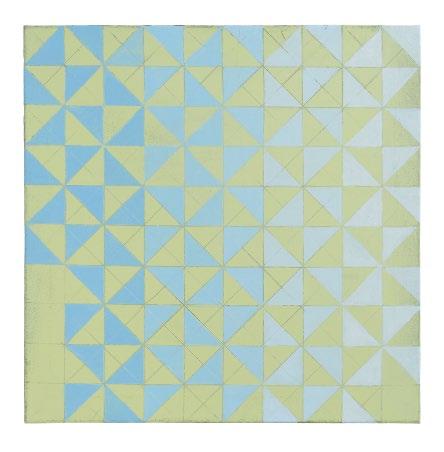



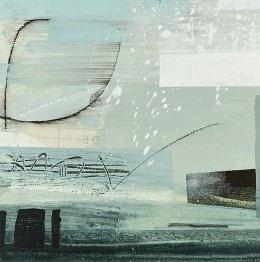
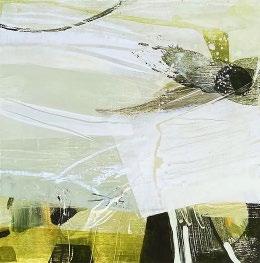

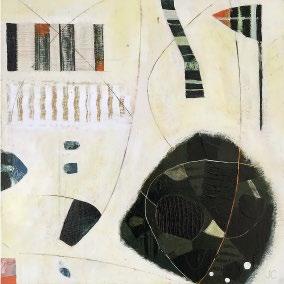

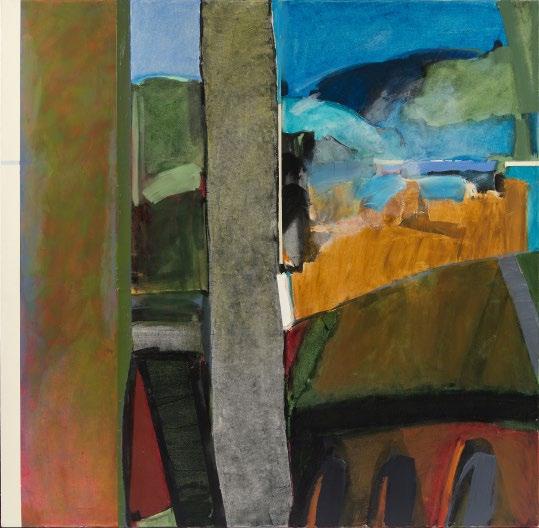




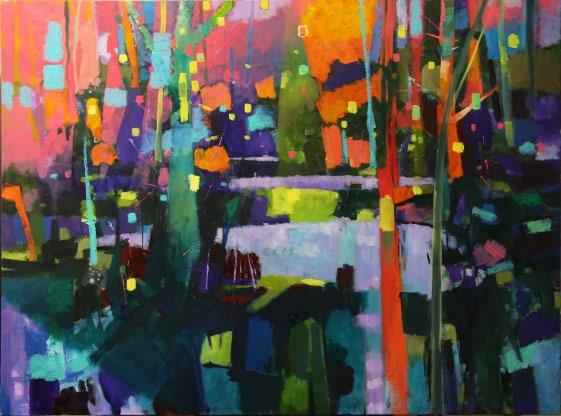





















 JERRY BROWNING ( b. 1954)
NEIL CANNING ( b. 1960)
JULIA CHANCE ( b. 1964)
NICK HEAP ( b. 1959)
RUTH PHILO ( b. 1957)
DAVID PRENTICE ( 1936-2014 )
DAVID TRESS ( b. 1955)
ANDREW WATT ( b. 1960)
MARC YEATS ( b. 1962)
Back cover: Jerry Browning, Medley oil on canvas, 91 x 121 cm (35.75 x 47.5 in)
JERRY BROWNING ( b. 1954)
NEIL CANNING ( b. 1960)
JULIA CHANCE ( b. 1964)
NICK HEAP ( b. 1959)
RUTH PHILO ( b. 1957)
DAVID PRENTICE ( 1936-2014 )
DAVID TRESS ( b. 1955)
ANDREW WATT ( b. 1960)
MARC YEATS ( b. 1962)
Back cover: Jerry Browning, Medley oil on canvas, 91 x 121 cm (35.75 x 47.5 in)
